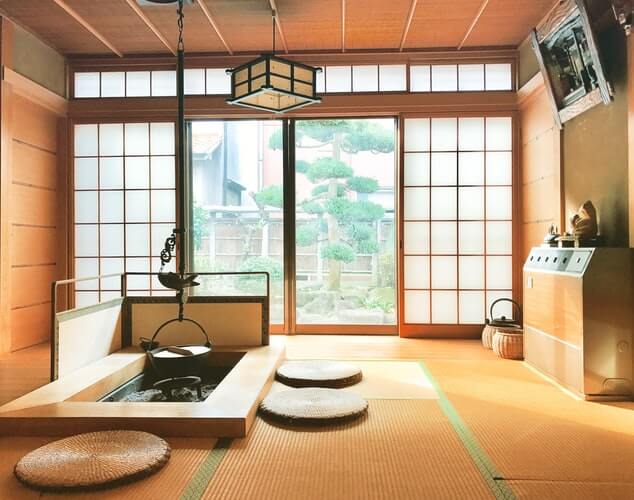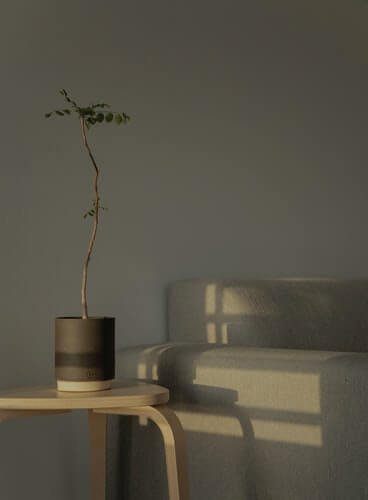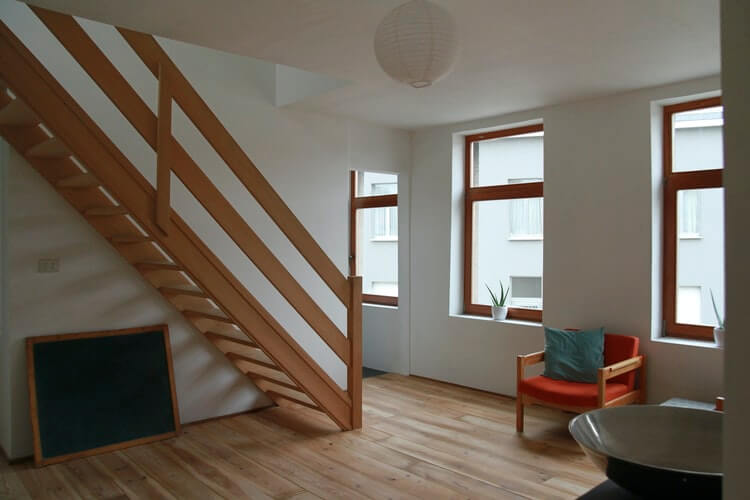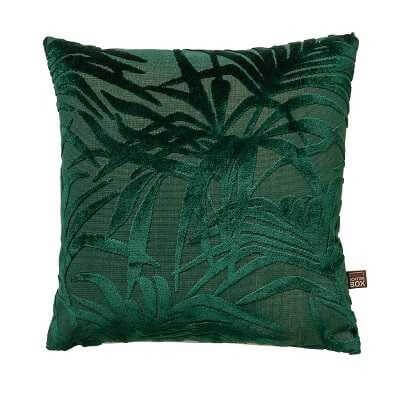Japandi is the trend that’s taking the interior world by storm. With Pinterest searches for the term increasing by 100% this year alone.
So this interior style is certainly one that’s sought after, but what exactly is it?
Japandi is a portmanteau word, or a word that merges two together. In this case, it’s merging Japanese and Scandi together to describe this particular interior style.
What Is Japandi Style?
Japandi interiors is the combination of two popular and complementary design styles. The Japanese simple style is balanced with the hygge Nordic style to create a perfectly balanced interior style.
Japandi is rooted in a minimal style, using warm and natural elements. It often draws from neutral colour palettes of earthy beiges with lots of natural light. The result is an aesthetically pleasing space full of clean lines full of functionality and simplicity.
Concepts Of Japandi
Japandi has several key concepts which the interior should be built around. Or when choosing elements for the space, you should bear the below in mind.

Decluttering The Space
Firstly, decluttering and having a clear space is integral to the Japandi ethos. This interior style is built around functionality and only having simple features that serve a purpose.
Think in terms of less is more as the idea for this decor look. Scandinavian interiors are based around the idea of simplicity, and Japanese interiors focus on ‘Kanso’. Kanso is the Japanese version of Feng Shui, it is the philosophy of keeping things simple, free from clutter and functional. It’s an ancient aesthetic system which prides minimalism.

It is one that ideologically sits very well with the Scandi concept, to create the merged Japandi interior style.
Use Of Natural Materials
The eco-conscious Scandinavian ideals mixed with the Japanese appreciation of nature comes together with Japandi to focus on natural elements.
Wood, stone and cotton are all core materials that will be found in a Japandi home. Think of it being built around the natural and the timeless aspect of all these natural things.

Beyond the furniture, bringing the outside in is key for Japandi homes. An open plan space with lots of natural light is the preferred space, allowing an airy and natural feel. Having wide bi-folding doors is something that can allow your outdoor space to blend into your home, creating a seamless feel from home to the natural.
If you don’t have the ability to create an open plan space or doorway into the outdoors, plants and greenery are another preferred way to bring nature in.
Embracing Imperfections
With the timelessness of the interior style, comes the embracing of imperfections. It is not trend led, and promotes holding on to pieces. It draws on the hybrid of the Japanese ‘wabi-sabi’ and the Scandi ‘hygge’.
‘Wabi-sabi’ is the philosophy that true beauty can be found in the acceptance and transience of imperfect and incomplete aesthetics. Hygge means the simplicity of comfort and homeliness for a happy life.

An old chair isn’t something to be replaced, it’s part of the magic and ‘hygge’ of the interior space.
Handmade clay accessories and grandfather chairs fit with this style over perfect craftsmanship.
Using Minimal Tones
Building on the concept of Kando and a simple, clutter free space is the colour palettes. Muted and minimal tones are preferred, to allow the functionality of the space to sing.
The beige tones that are used allow the space to bring an air of calm. Bright and brash colours don’t sit in harmony with this interior style. A natural colour palette is something that is to be focussed on with the Japandi interior. Earthy tones such as moss green and browns mixed with sandy beiges.
Earthy colour palettes bring the space closer to a core part of the Japandi philosophy of being close to natural elements. Try incorporating a rug like this Eris marble rug to pair the minimal Scandi aesthetic with a touch of the elegant and more ornate Japanese ideals.
How To Add The Japandi Style To Your Home
Removing Clutter
Decluttering the space to ensure that you can achieve the minimalism of the style is essential. Look at your interior, and remove items that don’t serve a functional purpose.
Think of the style as something that is more a lifestyle and way of life. To improve the flow of your home and simplify it to reduce the noise and stress of everyday life.
When thinking minimally, don’t leave the space feeling bare – just remove anything that doesn’t have a meaningful reason for being in the room. Putting up wooden shelves or coat hooks is an easy way to organise clutter to complement the space and interior.
Open Up Your Space
To be at one with nature, opening up the space and allowing the room to breathe is integral to Japandi.

Removing heavy curtains and replacing them with light drapes or removing them completely is an easy way to open a space up and bring in all the natural light available.
Using furniture that is low to the ground is another way to open up a room. It allows you to feel more grounded, while giving the impression of high ceilings and a spacious room. It also helps to position you so you can’t see the outside world, except the trees and sky – bringing you closer to nature!
Add Natural Elements
Nature and sustainability are at the heart of the Japandi ethos. Using natural materials in your home decor is the way to bring nature in, create a timeless feel and eschew trends. Items you bring in are to serve you for a lifetime, not merely a season.

From bamboo to seashells, the options are endless for what you can bring into your space. Mix clay or terracotta pots with dried flowers or twigs, to further mix the indoors with the outdoors.
Try a sisal or jute rug for an instant way to add some Japandi natural simplicity to a room. We adore this Boucle Anise Jute rug to seamlessly merge with other natural and minimal elements of the room.
Add Functional Furniture
Again, make sure all furniture is functional. For instance, don’t have items that are over complicated or merely there for decoration.
Simple items with clean lines, and natural elements. In the Japandi interior style, there are clear differences between the traditional Japanese and Scandi furniture. Scandi style is typically light in colour and quite rustic, with Japanese using darker hues and a more elegant style.
Japandi is the merging and contrasting of the two, to create balance between the two similar styles.
Move To A Neutral Palette
A neutral palette helps to create a cohesive and overall calmer interior, to underline the philosophy of the style.
The palette to draw on is a spectrum of Scandi shades from oatmeal to tan and sandy hues. They should have warm undertones, but bring a calming element to the space.
Contrast these shades with moss greens, indigo blues and other darker natural colours to show the moodier nuances of the Japanese style. Try marrying these Cali Botanical Cushions in a sea green with a Scandi neutral sofa to add some interest.
Pair this with the lighter shades of the Scandi wood and the darker timber of Japanese aesthetics to accentuate and marry together the two styles.
Thoughts?
A move to the serenity and zen that is Japandi interiors is a win for us, but what do you think? Share your Japandi inspired interiors in the comments!




Leave A Comment